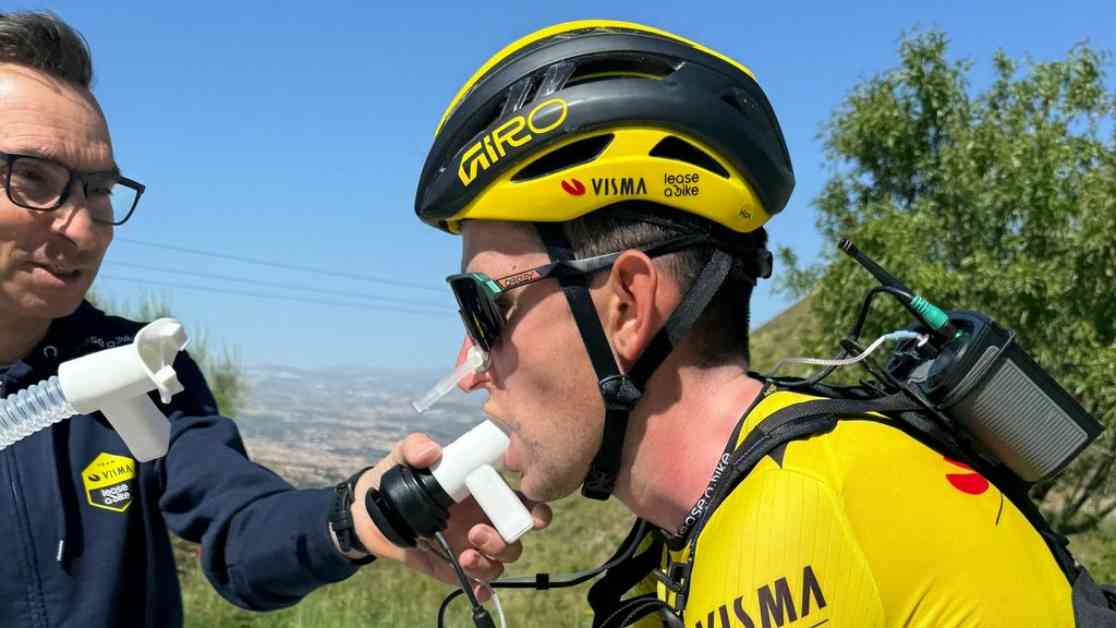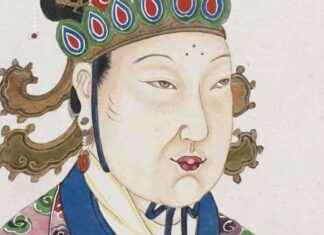The two have actually been around for a long time. A bitter dispute over the right way in the economic policy ended your relationship in the year 1982 the social-liberal coalition broke up. Since then, the social Democrats and the Liberals in the Federal separate ways.
This must, however, be for all eternity – that is the impression FDP-Chef Christian Lindner and the SPD to convey now-Chairman Andrea Nahles. For Red-yellow has no majority in the Federal far and wide in sight. “From the Stand, we are still a coalition,” said Nahles. But you, and Lindner does not want to exclude that too. On the contrary, A little bit of the two party leaders behave this Monday evening, as political partners.
Relaxed and in a good mood Lindner and Nahles sit on the stage on a white table. He’s in the blue suit, she in a pink Blazer. You laugh together, familiar with each other. The two want to work together to dare to “look back to the future”. So the title of the event at Berlin’s Allianz Forum. The occasion of an almost forgotten anniversary: On this 1. April, 50 years ago, the social-liberal coalition started its work.
of course, That was before Nahles‘ and Lindner’s time – both of which are born later. Nevertheless, the two revel visibly happy in the memory of the “good old days”, when your two parties ruled for more than ten years in the Federal government. No wonder: The then political Situation to be out of proportion to the present situation of the SPD in the Grand coalition. And the liberals can’t be with her place on the opposition bench also satisfied.
daily mirror tomorrow location
Free
order a “Historic breakthrough,” says Lindner then also on the liberalization of German society during the 70s. Also Nahles is full of praise for the then-red-yellow politics, from education to Willy Brandt’s Ostpolitik. Can the SPD and the FDP to build it again?
Cabinet Brandt I: On 1. April 1969, the red-and-yellow German Federal government began its work.Photo: picture alliance / dpa
Lindner is initially reluctant. “Parties are followed by cycles of development,” he says. “Since they are sometimes closer and sometimes more distant.” And in 1982, at the end of the coalition with the SPD, haven’t you been just as close. The FDP had demanded, what the SPD until years later, under their Chancellor, Gerhard Schröder, introduced: the merging of unemployment benefit and social assistance. “Now, the SPD is moving away from it,” adds Lindner with a serious tone. Nahles wavers slightly back and forth, pressed together lips. The SPD Chairman doesn’t like the criticism of their links course.
But then brings Lindner for the big hug and the mood lightens immediately. He cites two key policy issues on which the SPD and the FDP easily together could result in: Migration and the environment. In the integration policy fit to the social Democrats and FDP together, “because we both are more open than the CSU, because both parties tolerance of life” says Lindner. “The Gordian knot, we could smash easier than any other coalition.” And: Neither the SPD nor the FDP were in immigration ever ask a “naïve lack of realism expire” stresses Lindner. Nahles nods. Lindner before praying to something that she calls “realism without resentment”. The two understand.
Green as the common enemy
Then, Lindner brings to the attack on a common enemy, a political Alliance needs and a speedy coalition, it was so unlikely. As the target of his attack Lindner of the Green. Also no Surprise: The flight of the Greens in the polls both, the SPD and FDP power to create difficult.
The eco-would represent “an almost authoritarian features, noble motives”, etching Lindner. Green stands for a mixture of communism and the protection of the environment. The SPD was for him, however, “still a party of the middle. Center-left, not just left.“ Since Nahles says a loud, almost relieved, “Yes.” Then they solemnly declared: “We are both of the opinion that we need industry and production in the future in Germany.” The two party leaders sound strikingly similar to this 50. Birthday of the social-liberal coalition.
Too much fraternization is not allowed to give it but then, finally, important elections are. So Nahles and Lindner quickly return to the respective party program, emphasize their differences in the pension or tax policy, to criticize the setting of the other. Nahles folded his arms, Lindner looks strictly into the audience. They fall back into their roles as political competitors.
To a sharp political debate but it is between the two. The debate comes as the two witnesses of the social-liberal coalition on the Podium: the two Ex-leaders, Gerhart Baum (FDP) and Herta Däubler-Gmelin (SPD). As Lindner, the SPD accused, to the neglect of their own voters, los scolds Däumler-Gmelin: “we do not need any exhortations!” Lindner does not look puzzled, and responded: “head notes I need!” And then he deals a poison chalice: For an Ex-politician Däumler be informed-Gmelin, of course, still pretty good: “they are in full Training,” calls Lindner, the former Minister of justice.
More about
A year of great coalition Why the SPD will win in the Grand coalition is nothing
Paul Starzmann
this Moment, he is back, the traditional dispute between the social Democrats and the liberals. And in order for you to live for a short time, the mood in which the social-liberal coalition is once broken.








